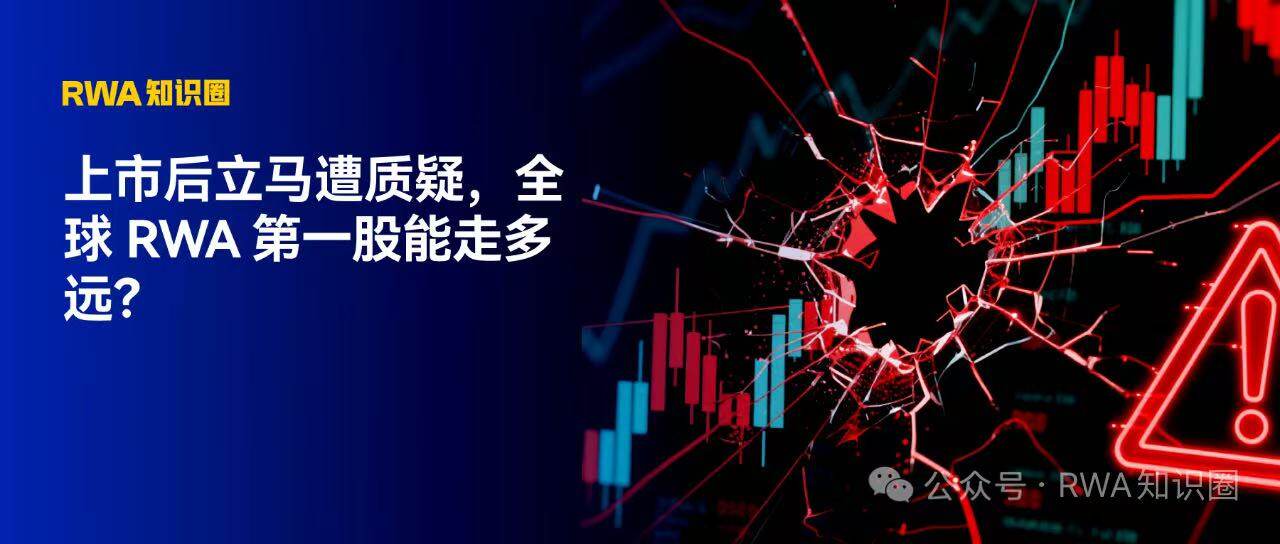
Everyone has heard of ETFs, right? They package a basket of stocks into an index, managed by fund managers, leveraging large capital to help everyone make money. With the development of the crypto industry, countries have begun to establish cryptocurrency reserves, and the Crypto version of ETFs has emerged.
At this year's Hong Kong Bitcoin Conference, Dr. Xiao Feng, known as the "Godfather of Blockchain in China," boldly stated that DAT may become a more suitable investment tool for Crypto than ETFs.
The "Hand-in-Hand" of ETFs and Crypto
In fact, the U.S. has had Crypto ETFs for a long time, and the regulatory attitude is becoming increasingly positive. On July 29, 2025, the U.S. SEC officially allowed Bitcoin and Ethereum ETFs to be created and redeemed in "physical form," aligning their status completely with gold and oil ETFs, no longer limited to cash settlement.
Traditional financial giants are not falling behind— for example, BlackRock's iShares Bitcoin Trust (IBIT) is a typical case, allowing both institutions and retail investors to easily allocate Bitcoin through brokerage accounts; this year, ETF products based on Ethereum have also emerged, attracting billions of dollars in inflows.
DAT: Putting Cryptocurrency into the "Treasury" of Companies
The core logic of DAT is that publicly listed companies convert cash, assets, or even mortgages into liquid funds to buy cryptocurrencies and place them on their balance sheets. The company becomes a "Digital Asset Treasury Company" (DATCO), and its stock price is directly linked to the prices of Bitcoin, Ethereum, and other cryptocurrencies.
The most typical case is MicroStrategy (now renamed Strategy Company). This company once saw its stock price plummet to nearly delisting during the internet bubble, but later chose to go all-in on Bitcoin, buying in at $11,650, resulting in a peak market value of $70 billion, with its stock price increasing nearly 20 times over five years.
Inspired by this, more and more companies are starting to include cryptocurrencies like Ethereum, SOL, Doge, and BNB in their "treasuries."
According to public data, about seven listed companies currently hold over 6.4 million SOL (valued at over $1.4 billion), and nearly 70 companies have included tokens like BNB, Doge, and SOL in their reserve assets.
Initially, these companies' stock prices surged, but the risks of DAT are also evident—once cryptocurrency prices drop, the company's stock price will suffer, leading to a decrease in market value.
DAT's Approach is More "Aggressive" Than You Think
DAT is not just about simply buying coins; it also employs financial leverage.
Traditional hedge funds use margin loans to trade assets, and if prices drop significantly, they may be forced to liquidate. However, publicly listed companies can issue long-term bonds to buy Bitcoin with low-interest funds, providing stronger risk resistance.
More importantly, many regulated funds globally (such as pension funds and endowment funds) cannot directly buy digital assets but can buy stocks of publicly listed companies. Therefore, DATCO has become a "bridge" for them to legally access cryptocurrencies.
Interestingly, MicroStrategy's stock market value can reach up to 2.8 times the value of the Bitcoin it holds because investors are willing to pay a premium for this "leveraged coin stock" model.
Why DAT May Replace ETFs
Stronger Liquidity: ETF subscriptions and redemptions require multiple processes and may take 1-2 days to complete, while DAT stock trading can be completed in minutes on the exchange, or even in two minutes on-chain.
Better Price Elasticity: The stock price fluctuations of DAT are even "more flexible" than pure Bitcoin, providing hedge funds and alternative investors with more arbitrage opportunities.
More Suitable Leverage: You only need to buy stocks, and the company sets up the leverage structure for you, allowing you to enjoy a premium on price increases higher than Bitcoin's spot price.
Built-in "Downside Protection": If the stock price falls below the net value of the Bitcoin held by the company, it is equivalent to buying Bitcoin at a discount, and the market will quickly eliminate this price difference.
Overall, DAT may be the most noteworthy new trend in the next 3-5 years, and it could even become the new "ETF" for crypto investments.
RWA: The Next Piece of the DAT Puzzle?
RWA (Real World Assets on the Chain) appears to be another major track in the crypto industry, tokenizing real assets like real estate, bonds, and accounts receivable, allowing them to circulate on-chain.
However, the biggest problem facing RWA is liquidity: if the underlying assets are not attractive enough, trading will not be active, leading to insufficient liquidity and potential short-term market manipulation.
In contrast, the highlight of the DAT model is the use of financing tools from the stock market (such as ATM—At-the-Market offerings), allowing all investors to participate fairly and combining crypto investment with the equity market.
In the future, if DATCO incorporates RWA into its digital asset portfolio, it may give rise to a brand new "RWA-DAT" model, truly bridging traditional assets and crypto assets.
Conclusion
ETFs have opened the era of index investing, while DAT may usher in the era of "Digital Asset Treasuries."
The inclusion of RWA may make this market larger and more robust. In the coming years, learning about RWA and DAT, and understanding their logic and opportunities, may help you see the major trends in the next round of financial innovation.
免责声明:本文章仅代表作者个人观点,不代表本平台的立场和观点。本文章仅供信息分享,不构成对任何人的任何投资建议。用户与作者之间的任何争议,与本平台无关。如网页中刊载的文章或图片涉及侵权,请提供相关的权利证明和身份证明发送邮件到support@aicoin.com,本平台相关工作人员将会进行核查。




